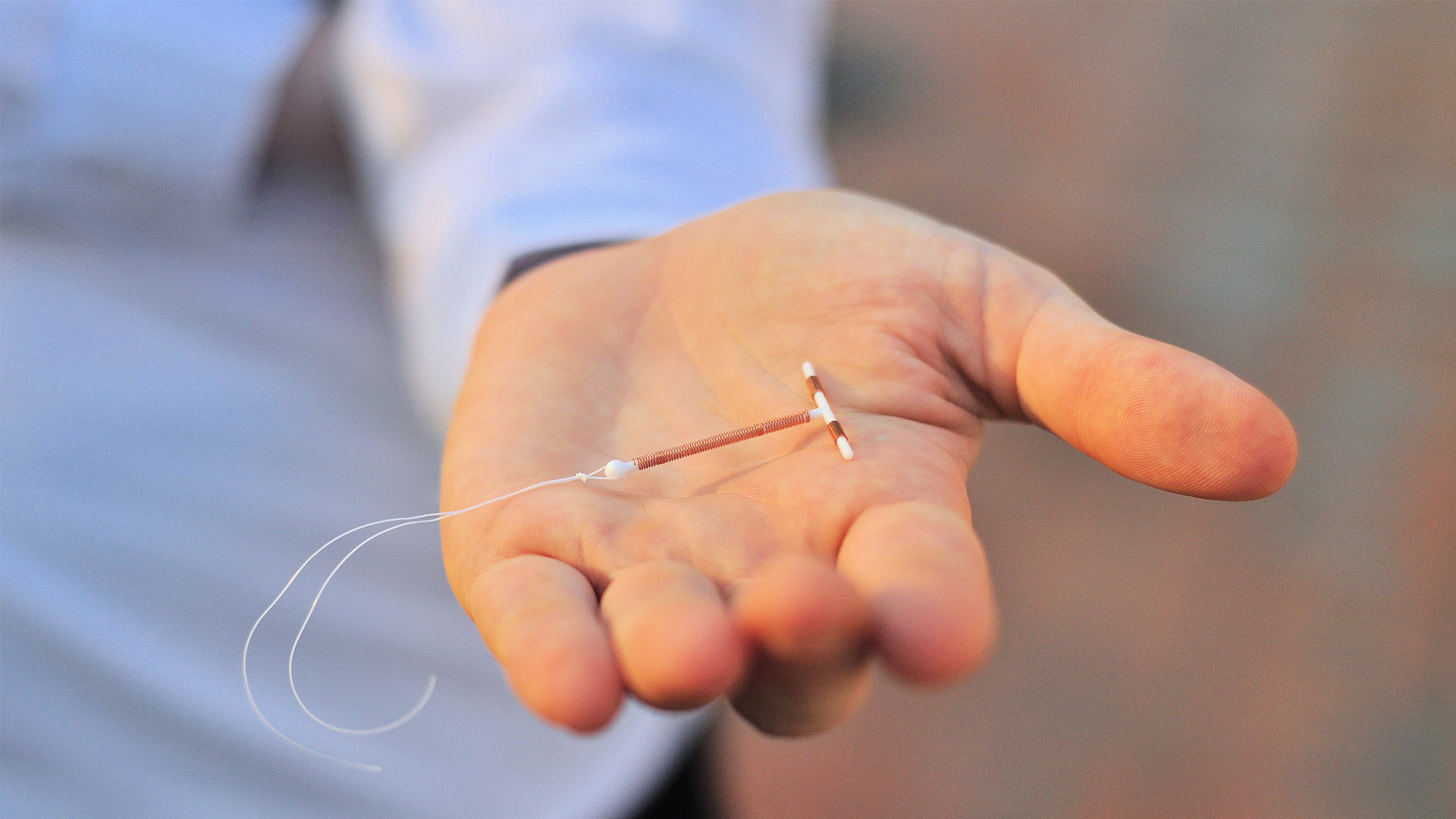Vasectomies are a highly effective form of birth control, but what happens if you change your mind and decide you want to become a father?
Depending on how long ago you had the vasectomy and other factors, chances are that it can be reversed.
Vasectomy Basics
Every year in the United States, about 500,000 men undergo a vasectomy, a surgery that cuts the supply of sperm to your semen. On average, men are about 35 years old when they get the procedure, which takes under 15 minutes to perform in the office under local sedation or with IV sedation at a surgery center.
Vasectomies are fully effective about two to three months after the procedure. Your doctor will check for sperm in your semen either in the office under a microscope or using an at-home semen testing kit. Once there is no sperm in your semen, you will no longer need other forms of birth control.
However, even after vasectomy men are still at risk for sexually transmitted illnesses (STIs). Safe sex is still important with or without a vasectomy.
The Reversal Process
At any point after a vasectomy, you may have a change of heart. In fact, about 6 percent of men who have had vasectomies ask for the procedure to be reversed.
A vasectomy reversal can take up to three hours as the surgeon reconnects the tubes that were divided during a vasectomy. There are two types of vasectomy reversals: simple and complex:
-
A simple vasectomy reversal uses only a small stitch to reconnect the tubes.
-
A complex vasectomy reversal requires the surgeon to reconnect the tubes closer to the testicle to avoid scarring. This procedure takes longer in the operating room and is less effective overall.
During the procedure, surgeons can extract sperm to freeze for future use in assisted reproduction. This is a backup plan in case the vasectomy reversal does not work or if the procedure results in low sperm count.
The recovery time after a reversal takes between four to 15 days. Four weeks after surgery, you may resume sexual activity and exercise. Activity is limited to keep the stitch — which is thinner than a human hair — intact.
Are You a Candidate for Vasectomy Reversal?
You are a candidate for vasectomy reversal if you have:
-
Had a vasectomy within seven years
-
Are not on testosterone replacement therapy
-
Did not have fertility issues before their vasectomy
Men who meet these criteria are more likely to have a better success rate after their reversal.
But how often is reversal effective? Pregnancy rates after vasectomy reversal range from about 30 percent to over 90 percent. Age and fertility status have a lot to do with the success of the procedure. Before you decide to have a vasectomy reversal, your doctor will discuss your past fertility and medical history with you to decide whether the procedure is right for you.
Side Effects To Consider
Your surgeon will provide antibiotics and other medications to ensure you have a smooth recovery, but manageable side effects can happen. These include but are not limited to:
-
Bleeding
-
Infection
-
Pain
-
Swelling
The biggest risk or side effect to a vasectomy reversal is the emotional component to this procedure. Because the procedure does not guarantee success, you may need to be prepared to explore other fertility options, which is why banking your sperm before or during the procedure may be a good backup option. You can also explore sperm donors and adoption if your sperm is no longer viable.
While age and length of time since your original vasectomy are major factors in success of a reversal, a conversation with your urologist is still worth having.
Choose to Stay in Touch
Sign up to receive the latest health news and trends, wellness & prevention tips, and much more from Orlando Health.
Sign Up










